Spectrophotometer
The UV-Vis spectrophotometer is designed to meet high requirement for precision measurement in the research and production of organic chemistry, biochemistry, medical testing, food testing, environmental protection, water testing industries, etc. The latest ARM system and long optical system ensure high accuracy and good stability of the instrument. They are the best choice of high quality spectrophotometer.
Report Abuse
Shipping Details
Based on 0 reviews
Be the first to review “Spectrophotometer”
You must be logged in to post a review.
Vendor Information
- Store Name: ATLANTIC Scientific and Research Supply
- Vendor: ATLANTIC Scientific and Research Suply
- No ratings found yet!
-
Health & Medical
UV-spectrophotometer double beam
Range 190-1100 nm, basic/quantiative wavelength scan/DNA Protein Test/Kinetic, automatic peak picking spectrum display. Large screen with graphic display. Spectrum and data can be printed out by printer and sent to computer via USB PORT. Set of 4 quartz and 4 glass cuvettes is provided. Software Included (Imported with German Lamps).
SKU: n/a -
Health & Medical
Digital Balance
The Digital Balance is a must-have addition for plastic container laboratories or at-the-line inspection stations. This versatile unit features a digital display for precise weight measurements and simple operation. A built-in RS-232 interface facilitates the transfer of data. This unit is ideal for section weight and volume fill-height measurement activities.
High accuracy weight measurement for containers and preforms
Used for preform and/or bottle weight and fill measurements
SKU: n/a -
Health & Medical
Capillary Sequencer
American Applied Biosystems, known for its technological innovation, recently launched the new 3500 Series Genetic Analyzers, setting a completely new standard for capillary electrophoresis. It integrates a series of platform innovations designed for optical and thermal systems, opening up an innovative consumable system. The common superposition of these elements makes 3500 Series products the gene analyzers of the highest performance ever.
SKU: n/a

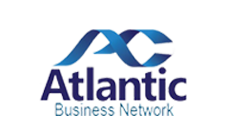
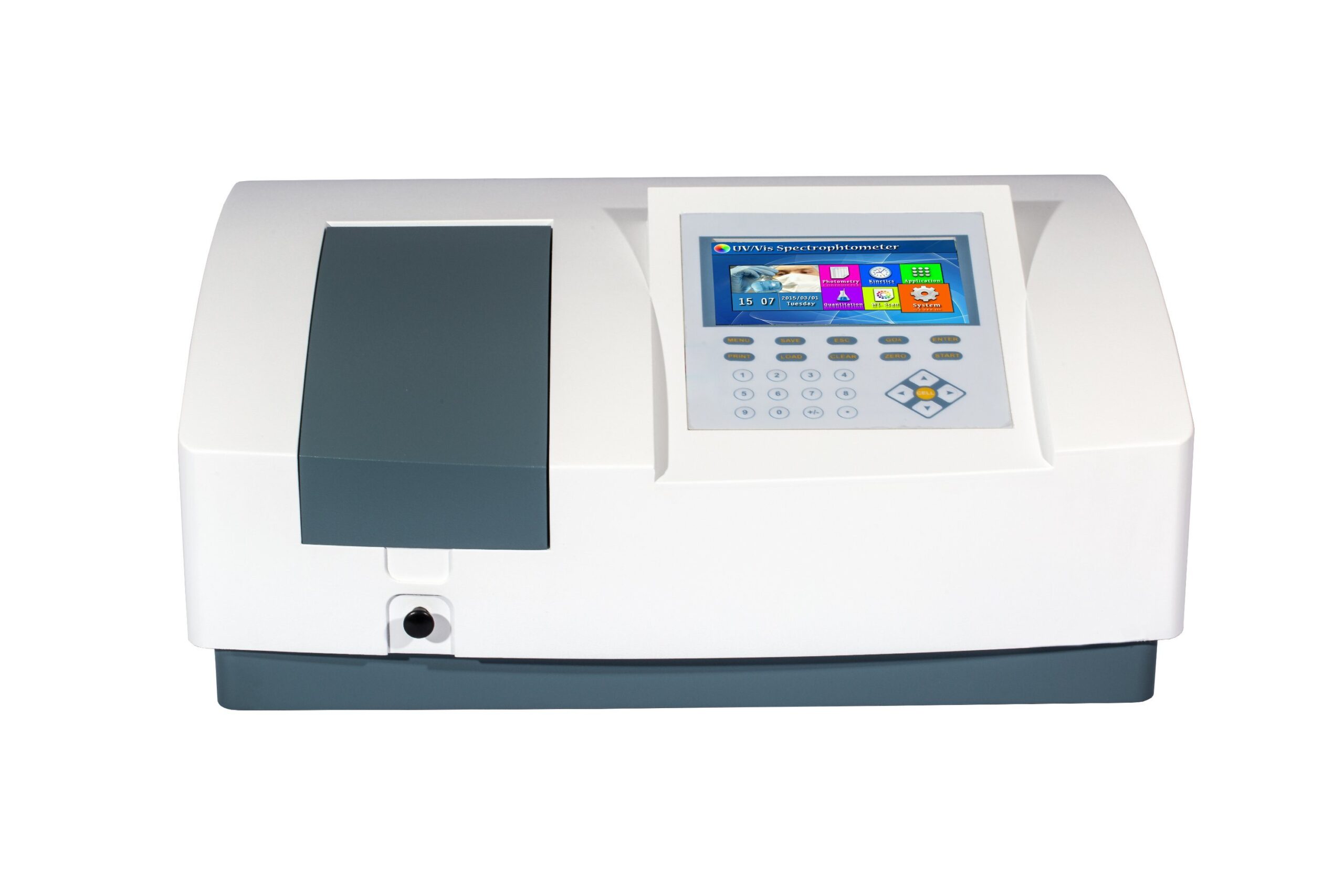
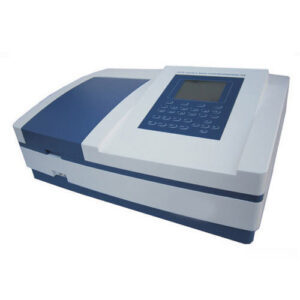
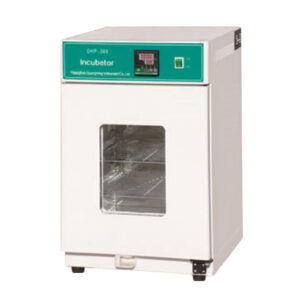
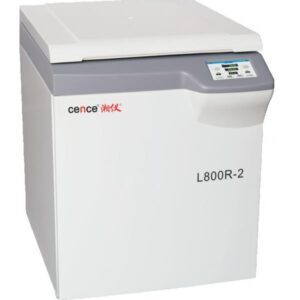
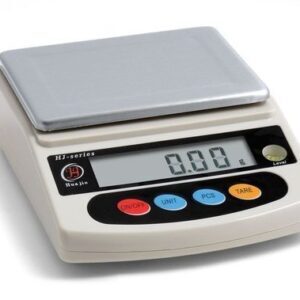
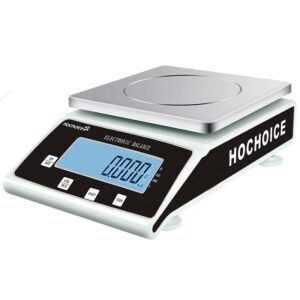
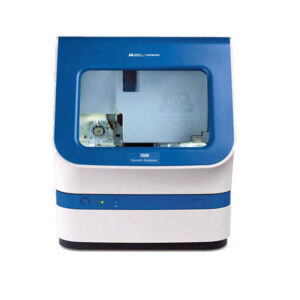
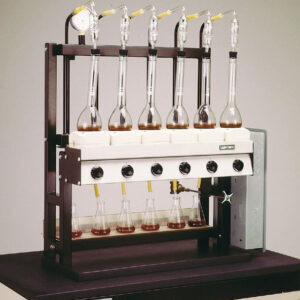
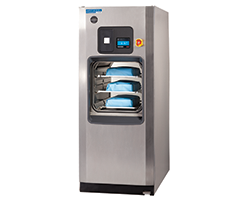
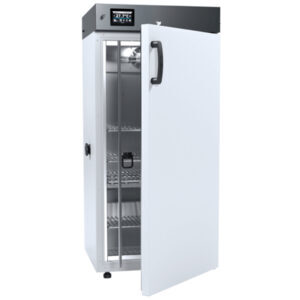
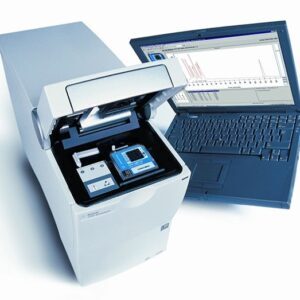
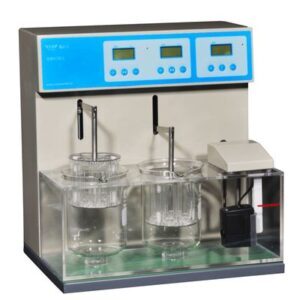
There are no reviews yet.